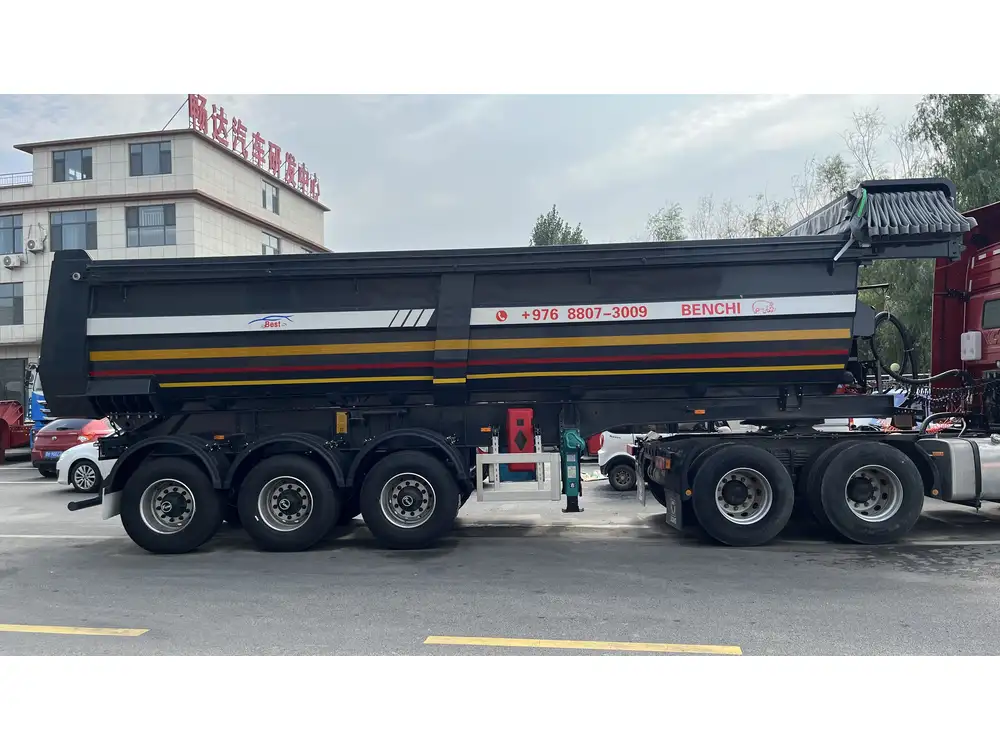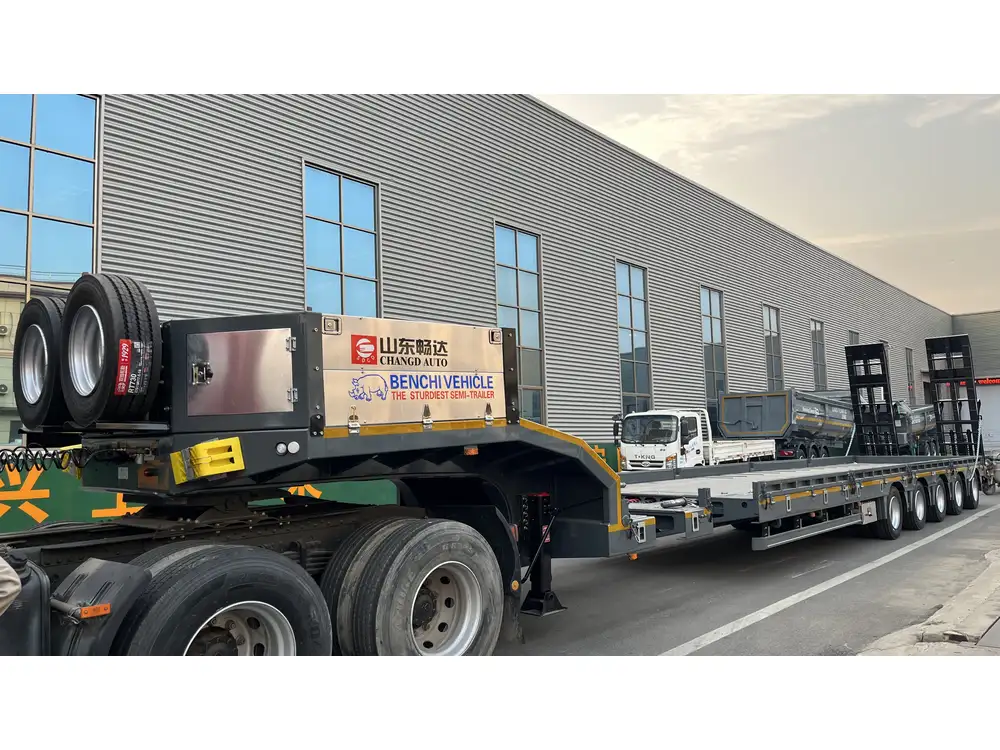Introduction: The Big Question
When considering the capabilities of a subcompact vehicle, the query “Can a sub car carry a 16-feet travel trailer?” often arises. Many adventurers and avid travelers entertain the thought of hitching up a trailer, only to realize that the dynamics of towing can be more nuanced than they initially presumed.
In this article, we delve into the intricacies of vehicle towing capacities, the specifications of sub compact cars, and the essential guidelines you must heed to ensure safety and performance while towing a travel trailer.
Understanding Towing Capacity

What is Towing Capacity?
Towing capacity refers to the maximum weight that a vehicle can tow safely. This capacity is determined by a variety of factors including the vehicle’s engine power, transmission type, axle ratio, and frame strength. Each automobile manufacturer specifies a maximum towing weight for each vehicle model, and it’s crucial to adhere to these guidelines for safety and regulatory compliance.
Factors Affecting Towing Capacity
Engine Performance: Power output plays a critical role. Higher horsepower and torque enable a vehicle to handle heavier loads more effectively.
Transmission Type: Automatic transmissions often handle towing better due to smoother power delivery, while manual transmissions might require more driver skill.
Suspension Setup: Vehicles built with heavy-duty suspension systems typically achieve higher towing capacities. This allows for better load distribution and stability.
Axle Ratio: A higher axle ratio often improves towing performance at low speeds, allowing for better acceleration with a heavy load.
Weight Distribution: The way weight is distributed on a trailer affects stability and handling. Proper weight distribution systems can help but are crucial for heavy loads.
Sub Compact Cars: Specs and Limits

What is a Subcompact Car?
Subcompact cars are designed for efficiency, boasting smaller dimensions and typically lower engine performance compared to their larger counterparts. Common examples include vehicles like the Honda Fit, Ford Fiesta, and Toyota Yaris. While they are apt for urban environments, their towing capacities can be quite limited.
Typical Towing Capacities of Sub Compact Cars
| Vehicle Model | Max Towing Capacity (lbs) | Engine Type | Horsepower | Torque (lb-ft) |
|---|---|---|---|---|
| Honda Fit | 0* | 1.5L I4 | 130 | 114 |
| Ford Fiesta | 0* | 1.6L I4 | 120 | 112 |
| Toyota Yaris | 0* | 1.5L I4 | 106 | 103 |
*Note: Many subcompact cars are not rated for towing a trailer.
The towing capacity of subcompact cars is often null or requires specific aftermarket modifications, which can incur additional costs and potential safety risks.
Can a Sub Car Tow a 16-Feet Travel Trailer?

Weighing the Options
A 16-feet travel trailer’s weight varies extensively based on materials and included amenities. On average, a travel trailer of this size can weigh between 2,500 to 5,000 pounds, making it critical to assess both the trailer’s weight and the subcompact vehicle’s towing capabilities.
Lightweight Trailers: Some very lightweight 16-feet travel trailers weigh around 2,500 to 3,000 pounds. However, even among lightweight models, subcompact vehicles are typically not rated for towing.
Moderate Weight Trailers: A standard 16-feet travel trailer often weighs approximately 3,500 pounds, which exceeds the towing capacity of almost all sub compact cars.
Heavy-Duty Trailers: Higher-end 16-feet travel trailers can weigh upwards of 5,000 pounds, making it impossible for sub compact cars to manage safely.
Considerations for Towing with Sub Cars
To safely tow with a subcompact vehicle, you would need to consider:
Weight of the Trailer: Including gear, food, and water; you can’t exceed your car’s towing capacity.
Total Weight Load: Factor in the vehicle’s weight, cargo, and the weight of the trailer you plan to tow.
Braking and Stability: Subcompact cars may struggle while braking with a load. Ensure you account for stopping distances when towing.
Recommendations for Safe Towing
Re-evaluate Your Vehicle Choice: If you frequently plan to tow, consider switching to a vehicle designed with towing in mind – such as SUVs or trucks that are engineered to handle heavy loads efficiently.
Consult Manufacturer Specifications: Always refer to the vehicle’s owner manual or consult with the manufacturer for precise towing specifications.
Utilize Weight Distribution Hitches: In some cases, weight distribution hitches can alleviate stress on the vehicle, but this doesn’t substitute for proper vehicle capacity.
Inspect Your Trailer’s Features: Trailers equipped with electric brakes can provide additional safety, but it’s vital to ensure that your vehicle can handle this system.

Alternatives: What to Consider If You Own a Sub Car
Renting vs. Buying
If you only occasionally need to tow a travel trailer, you might consider renting a more suitable vehicle equipped with higher towing capacities. Various car rental agencies offer SUVs and trucks ideal for these purposes.
Lightweight Options
If you own a subcompact car but wish to tow, look for lightweight pop-up campers or teardrop trailers designed specifically for smaller vehicles.

Local Regulations
Towing laws can vary by state and locality. It is essential to remain compliant with any regulations regarding trailer weight, brake requirements, and towing licenses. Always check your region’s requirements to avoid potential fines or legal complications.
Safety Precautions When Towing
Pre-Towing Checklist
Before setting out on an adventure, ensuring the following becomes paramount for safety:
Inspect Hitch and Connections: Ensure that your hitch is appropriately rated for your vehicle’s capacity.
Check Lights and Signals: Verify that all lights on the trailer are functioning, including brake lights, turn signals, and running lights.
Tire Pressure Check: Both on the sub car and the trailer, ensuring they are at the manufacturer’s recommended levels can significantly enhance performance and safety.
Emergency Equipment: Keep proper emergency equipment in your vehicle, including a spare tire, jack, and first-aid kit.

Driving Tips for Towing
Reduce Speed: Towing can affect vehicle dynamics, particularly at higher speeds. Slow down to maintain control.
Increase Braking Distance: Allow for more time to react while braking. Extended stopping distances are common when towing.
Be Cautious in Wind: High winds can significantly affect trailer stability. Avoid high-speed travel in windy conditions.
Practice in Open Areas: If you’re inexperienced in towing, practice turning and reversing in a safe, open area before hitting the road.
Conclusion: Making Informed Choices
In conclusion, while subcompact cars offer several advantages for daily commuting and urban environments, they inherently lack the specifications required for towing a 16-feet travel trailer safely.
Understanding your vehicle’s limitations and considering your future towing needs could lead to better decisions regarding your travel choices. Ultimately, investing in a suitable towing vehicle, whether purchasing or renting, will not only enhance your travel experience but also ensure you are prioritizing safety above all.
This comprehensive guide should empower you to make informed choices, protect your investments, and pave the way for countless enjoyable travel experiences. Always remember: adventuring responsibly is stepping toward safer exploration!



